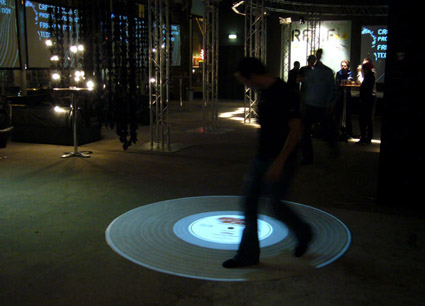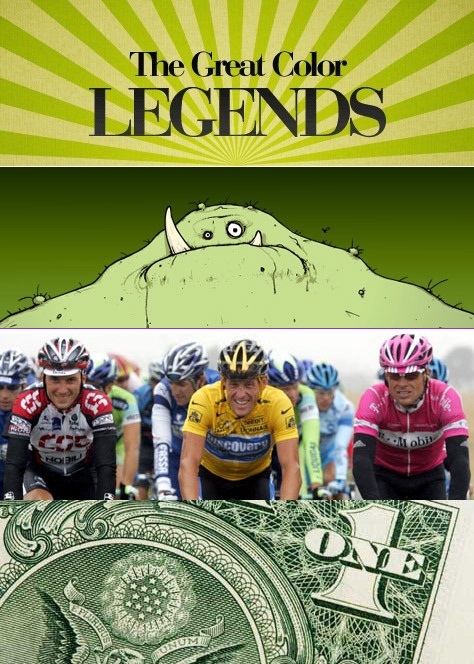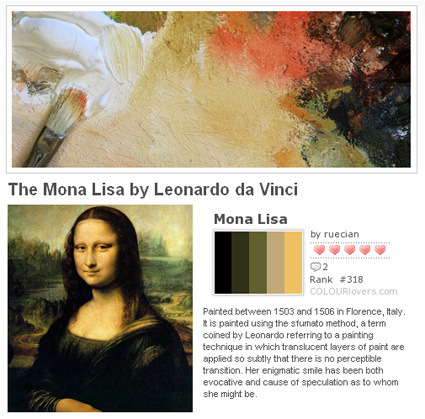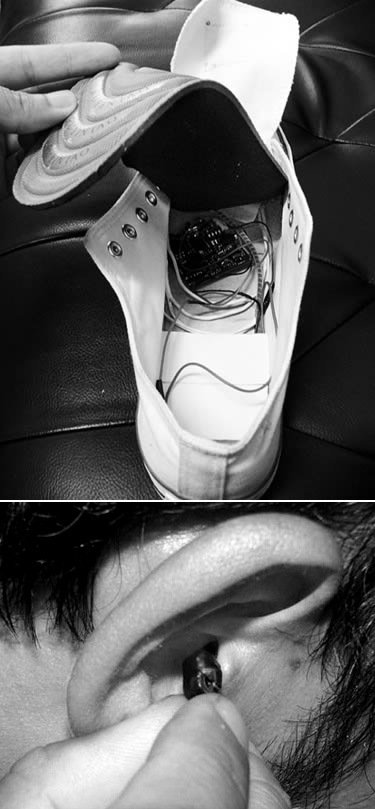I loved the new MINI that was unveiled some years back. While paying homage to the original MINI with its classic and yet playful lines, the design was modern and alluring. That car proved to be very popular indeed, reviving the MINI brand, which I suppose was the raison d’être for this new expanded MINI Clubman, which unfortunately did not gain my affection.

Perhaps extending a tiny classic would necessitate some compromise in its design or spirit – after all, you can’t just chop the car in halves and extend the middle section (like what Top Gear people would do to make a limousine). The proportions aren’t quite so endearing, but the thing that really killed it for me was the rear.The silver plastic frame looked really squarish and squashed-up – it seemed like it was transplanted from some other cars, like a small Daihatsu van or something.
The car actually has five doors – but it’s not your typical configuration though. The barn door design at the back counts as two, and there are two front doors, so what’s left? One short door on the side, of course! It’s on the right side of the car (see the first picture), more like a half-door that allows more access to the back seat. For instance, where the driver seat’s on the left (non-British systems), this would allow the back passenger to get off onto the pavements on the safe side of the road. One of the griefs though, is that the back seats seems to be the non-folding kind, which means you’re very much screwed if you want to chug some bulky stuff around.
Overall, for me it’s really like seeing MINI grow up and entering the awkward adolescent age. It’s got bigger, and are pretty much still uncertain what to do with some of its parts. The cuteness that carried it in the tender years cant really pull it through, and yet it hasn’t muster enough sophistication for adulthood. Haha, am I thinking too much?
[Jalopnik gallery with more pictures]








